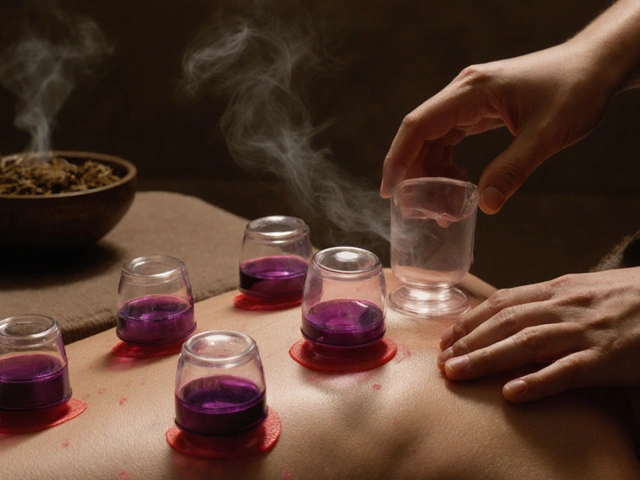Comfort: Simple Ways Massage and Bodywork Bring Real Relief
Want comfort that lasts beyond a single nap? This tag collects clear, practical guides to massages and gentle therapies that actually ease pain, lower stress, and help you move better. You’ll find real techniques—from Amma and Hilot to trigger-point work and warm-stone therapy—plus quick tips on choosing a therapist and getting the best results.
Which therapy helps what
If your goal is muscle pain and tightness, try trigger-point massage or targeted myofascial work. These focus on knots and often give fast relief. For postural issues and long-term change, look at structural approaches like Hellerwork or Rolfing. They’re slower but aim to change how your body holds itself.
Want deep relaxation and mood lift? Lomi Lomi, Amma, and warm-stone massages warm tissues and calm the nervous system. If you prefer very gentle options, Feldenkrais and Ortho-Bionomy use small movements and awareness to reduce tension without force. For skin and circulation benefits, cupping or stone therapy can be helpful—expect temporary marks from cupping and intense warmth from stones.
How to choose, prepare, and get more comfort from a session
Start by naming your top problem: pain, sleep, stress, or mobility. Ask the therapist if they work with that issue and which method they recommend. Don’t hesitate to ask about their training and whether they adapt pressure for sensitivity or recent injuries.
Before your visit, avoid heavy meals and drink water. Wear loose clothing to the appointment and arrive a few minutes early to explain medical history—surgery, blood thinners, or pregnancy matter. During the session, give feedback. If pressure is too strong or too light, say so. Good therapists adjust immediately.
Aftercare is simple but effective: drink water, rest if possible, and apply heat or gentle stretching for tight areas. If you try deeper work like Rolfing or structural integration, expect a short soreness window—gentle walks and hydration help speed recovery.
Frequency depends on your goals. For acute pain, two to three sessions in the first few weeks often shows quick gains. For posture or chronic issues, consider a plan of six to ten sessions spaced weekly or biweekly. Keep notes on what improves so you and your therapist can adjust the plan.
Watch for red flags: numbness, sharp nerve pain, or worsening swelling. Stop the session and talk to a clinician if these show up. Also, always confirm licensing where required—certified therapists follow safety rules and keep better records of progress.
If you want a quick home fix, try simple acupressure points for stress, self-trigger-point release for neck tension, or warm towels for sore shoulders. These tools don’t replace a therapist but can extend comfort between sessions.
This tag groups articles that dig into each method, real client tips, and what to expect at your first visit. Pick a post that matches your goal, and use the checklists above to get faster, safer comfort.

Palliative Massage: A Healing Touch for the Soul
This article unpacks what really goes on with palliative massage and why it's more than just a nice rubdown. Find out how this focused touch can make late-stage illness a little softer, both physically and emotionally. There are real stories of relief, honest facts about what works, and practical tips if you're considering this kind of care for yourself or someone you care about. Whether at home or in hospice, palliative massage isn’t just about managing pain—it’s about feeling human again. Get some straightforward advice on how to approach it and what to expect.
Categories
- Health and Wellness (148)
- Alternative Therapies (86)
- Massage Therapy (40)
- Travel and Culture (15)
- Beauty and Skincare (9)
- Holistic Health (8)
- Health and Fitness (5)
- Spirituality (5)
- Other (2)
- Personal Development (2)
Popular Articles



